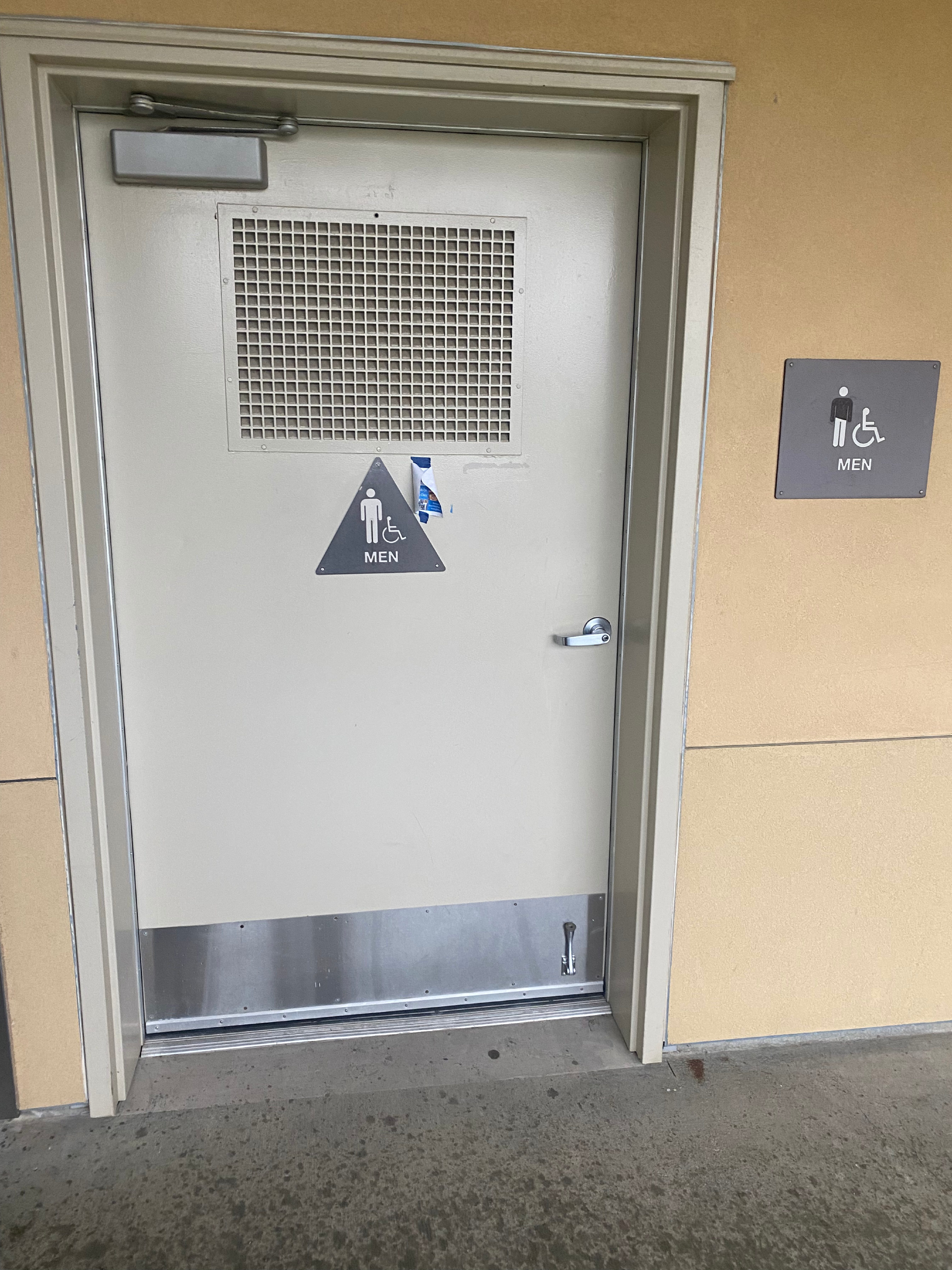Contentious Beliefs: A Deep Dive into Conspiracy Theories
Conspiracy Theory Infographic
Eagle time: Mar 7, 2023
Some people think that the government is controlled by reptilian creatures, and others think that the earth is flat. These are examples of conspiracy theories—explanations for important events that disagree with scientific and political facts.
Most conspiracy theories involve a group of elites or a minority community making plots to expand their power and influence, like those that argue that Jews have a plan for world domination.
Inside the minds of conspiracy theorists
Multiple research studies have shown that people who create and believe in conspiracy theories have a strong distrust of authority, and this pushes them to believe in more conspiracy theories since they are not endorsed by people in positions of authority.
Also, research published in the National Library of Medicine reveals that uncertainty is the main cause of belief in clearly illogical conspiracy theories: most people who believe in conspiracy theories do so to either understand their environment, to feel safe in their environment, or to maintain good social standing with their peers.
This is supported by the fact that until the spread of social media, most conspiracy theories proliferated during uncertain times, like revolutions or the deaths of major figures.
A Brief History of Conspiracy Theories
The first conspiracy theories to have major currency were the ones that surfaced following the suicide of the Roman emperor Nero in 68 CE. These theories argued that Nero was not dead yet, but had fled to the East in the face of political opposition to his tyrannical rule and was plotting his return to power.
Most conspiracy theories until the early 20th century targeted Jews. In the Middle Ages, many people believed that Jews poisoned wells and consumed Christian blood. The 1903 book “The Protocols of the Elders of Zion” set the stage for most of the conspiracy theories targeting Jews, from Jews being responsible for Communism to their plan for world domination. Anti-Semitic dictators like Adolf Hitler
One conspiracy theory that has withstood time and analysis is the crash of a suspected UFO in Roswell, Nev., in 1947. It led to many believing that extraterrestrial life actually existed. This event and rumors of a secret interaction between the U.S. Armed Forces and aliens at Area 51 spawned the proliferation of alien conspiracy theories to levels never seen before.
The Cold War fostered multiple conspiracy theories by both the United States and the Soviet Union, each blaming the other for domestic issues. One of these theories blame the assassination of John F. Kennedy on the Soviet Union, and the Soviet intelligence agency KGB spread conspiracy theories blaming HIV/AIDS disease on a CIA biological weapons program designed to wipe out the Russian population.
Conspiracy theories in the age of the internet
Social media platforms are used by 3.5 billion people today, according to Our World in Data. With these many people on social media platforms, the probability of more conspiracy theories forming and spreading is very high.
There is a strong connection between the rise of conspiracy theories over time and social media. Although there is no systematic proof of the reason for the rise of conspiracy theories, one thing is for sure: more people are aware of them. Seventy-seven percent of Americans believe that social media and the Internet are responsible for these increases in the belief in conspiracy theories, according to PLOS ONE.
The problem with some online conspiracy theories is that the line between them and fake news has blurred significantly. Due to this, conspiracy theories have the potential to be misleading, since most things on the internet aren’t filtered or fact-checked.
An example of misinformation caused by conspiracy theories is one that argues that the government placed a chip inside COVID-19 vaccine vials in order to spy on people. Some people believed this conspiracy and did not vaccinate, potentially causing preventable deaths from COVID-19.
Theories like this keep growing with the development of social media and have become much more accessible, leading to more people believing in them now than ever before. q
Popular conspiracy theories today
Popular conspiracy theories have millions of followers these days, thanks to social media. Some popular ones from the last decade include:
- Area 51, the ultra-secretive U.S. Air Force base in Nevada, has been the leader in conspiracy theories for quite some time. Conspiracy theorists argue that there are secret aliens at the base that the government is using to create advanced aircraft and weaponry.
- The Safeguard Complex in North Dakota was built during the Cold War, but some think that it is related to the Illuminati because of its shape like an unfinished pyramid. Adding to the conspiracies is the fact that the building was used for only one day in 1975, after which Congress decided to end the facility’s use.
- Conspiracy theorists consider an atmospheric research center in Alaska to be a mind control lab. The lab has numerous antennas that are used for atmospheric measurements, but conspiracy theorists believe that it is used for mind control. The lab responded to the theories by hosting an open house day in 2016 to dispel the rumors.
Conspiracy theories at Vista

Vista students, for the most part, do not report believing conspiracy theories, but there are a few who believe in something that goes against the status quo. For example, a survey taken of over 50 Vista students shows that 9.3% of them believe the Earth is flat. The question remains if those answers are serious or not since the survey results also show that 10.9% of students say that gravity doesn’t exist.
Gravity isn’t the only thing that might be controversial because almost one in ten students said they believed that the Apollo landings were fake, a theory that has been around for decades
Conspiracy-theory believers are not always in the minority at Vista, though. Ninety-three percent of students who took the survey claimed that they thought aliens existed. Students also have their own theories outside the popular and more common ones. “Their is [sic] parallel universes that collide with our universe,” a student who took the survey said.
From 68 CE to Vista students, conspiracy theories have come a long way from their roots. They’ve evolved and changed over time, from spreading by word of mouth to being found anywhere on social media, and they are probably here to stay since people love stories.







































